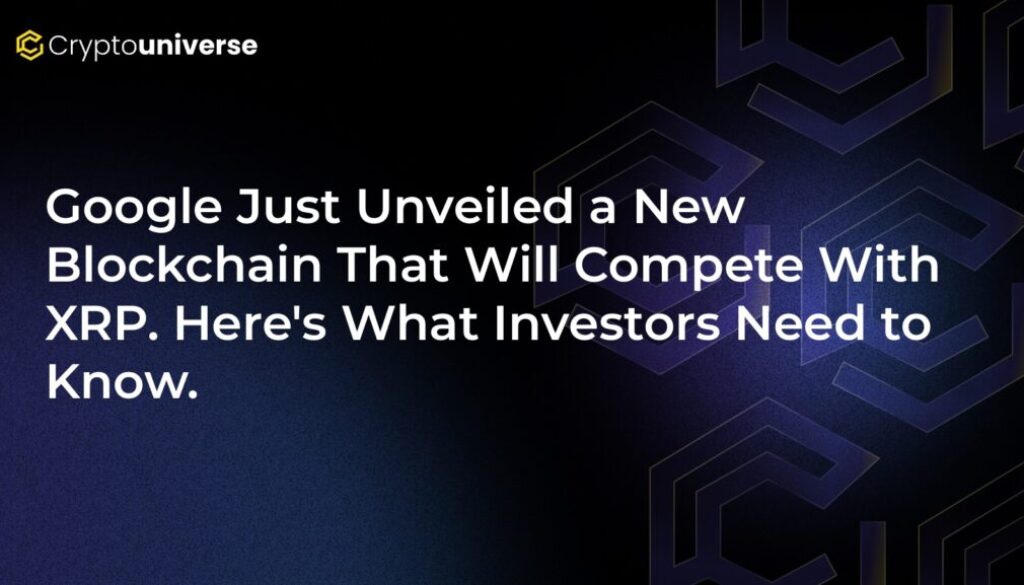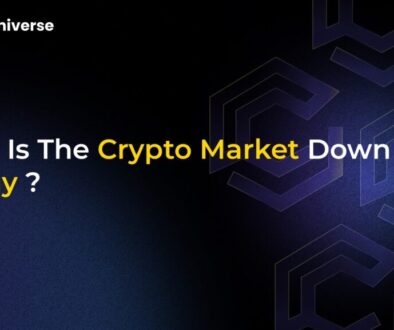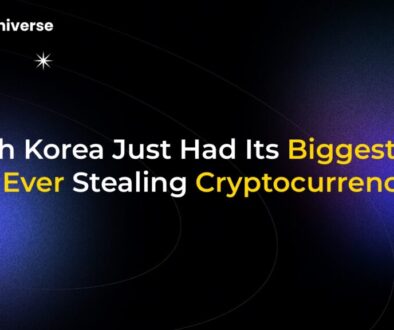Google Just Unveiled a New Blockchain That Will Compete With XRP. Here’s What Investors Need to Know.

The Tech Giant Enters the Ring: Google vs. Ripple
The world of institutional finance and blockchain technology just got a heavyweight contender. Tech behemoth Google, under its parent company Alphabet, has officially thrown its hat into the ring with a new blockchain platform. The crypto community is buzzing with the news that
On August 27, Google announced the Google Cloud Universal Ledger (GCUL), a platform explicitly designed for financial institutions. Its focus? The booming sectors of capital markets and real-world asset (RWA) tokenization. This move places Google in direct competition with Ripple and its XRP Ledger (XRPL), which has spent years carving out a niche in this very space. Let’s break down what investors need to know about this new rivalry.
What is the Google Cloud Universal Ledger (GCUL)?
Think of GCUL not as the next Bitcoin or Ethereum, but as a specialized, behind-the-scenes financial railway for banks and large institutions. It’s currently in private testing, with wider trials planned for later this year and a full commercial launch targeted for early 2026.
Here are its key features:
- Institutional Focus: This is a private, permissioned ledger, not a public network for everyday crypto users. Its clients are banks, asset managers, and other financial giants.
- Developer-Friendly: GCUL will support smart contracts written in Python, one of the most popular and familiar programming languages for enterprise developers. This lowers the barrier to entry for institutions looking to build on the platform.
- No Native Token: Unlike XRPL which has XRP, GCUL will not have its own cryptocurrency. Instead, it aims to host tokenized deposits and commercial bank money directly on-chain. The only way to invest in its success is indirectly, by owning Alphabet stock (GOOGL).
- A Neutral Ground: Google is positioning GCUL as an alternative to blockchains developed by payment rivals like Stripe and Circle. The pitch is simple: settle your transactions on a neutral tech platform, not on your competitor’s infrastructure.
GCUL vs. XRP Ledger: A Tale of Two Blockchains
While both platforms target the same institutional market, they come to the table with vastly different strengths and weaknesses. This isn’t just a technology race; it’s a battle of reputation, trust, and track record.
Google’s Strengths: The Power of a Titan
There’s no denying Google’s immense power. The company’s name alone carries enough weight to attract significant capital for pilot programs. Its vast cloud infrastructure and existing relationships with enterprises give it an unparalleled distribution channel. For many institutions, the chance to work with a familiar tech giant like Google will be highly appealing, at least initially.
XRP’s Advantage: The Wisdom of Experience
In the world of institutional finance, reputation is built over years, not launched overnight. The XRP Ledger has been operational for over a decade, boasting a proven track record of reliability and efficiency. It was designed from the ground up with institutional needs in mind, featuring built-in compliance tools like:
- Trust Lines
- Authorized Accounts
- Account Freeze and Blacklist Capabilities
This long history provides a level of operational certainty that a new platform simply cannot offer. For asset managers and custodians, this proven, low-risk environment is a powerful moat for XRPL.
The Elephant in the Room: The ‘Google Graveyard’
Google’s biggest asset—its brand—is also linked to its biggest liability: a notorious history of abandoning projects. The “Google Graveyard” is filled with hundreds of products and services that were launched with fanfare, only to be discontinued a few years later, leaving users stranded.
Financial institutions operate on decades-long time horizons. They cannot risk building their core infrastructure on a platform that might not exist in five years. Before committing serious capital to GCUL, they will demand long-term, ironclad assurances of support—something Google has yet to provide.
What Does This Mean for XRP Investors?
For XRP holders, Google’s entry is a serious development but not an immediate death knell. The investment thesis for XRP has always been a long-term play centered on its established ecosystem for cross-border payments, asset issuance, and deep-rooted compliance features.
In the short term, some institutional interest may be diverted toward exploring GCUL. However, the fundamental drivers of XRP’s value remain intact. The path from a pilot program to full-scale institutional adoption is long and fraught with regulatory and trust hurdles that XRPL has already spent years navigating.
The Bottom Line: While Google’s GCUL is a formidable new entrant with a powerful distribution channel, XRP’s decade-long head start, proven track record, and established trust within the financial sector are significant competitive advantages that will be difficult to overcome.
Ultimately, Google’s move is a massive validation of the entire RWA tokenization space. It signals that the world’s largest companies see a future where finance runs on the blockchain. While the battle between GCUL and XRPL will be one to watch, a rising tide of institutional adoption could very well lift all boats.


